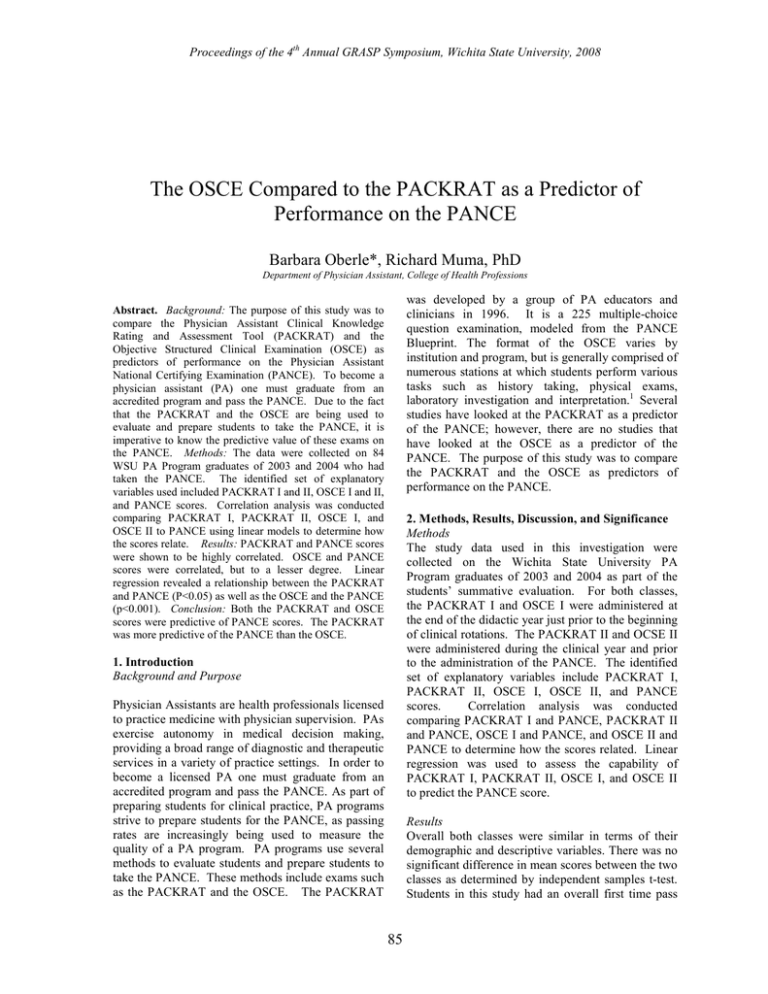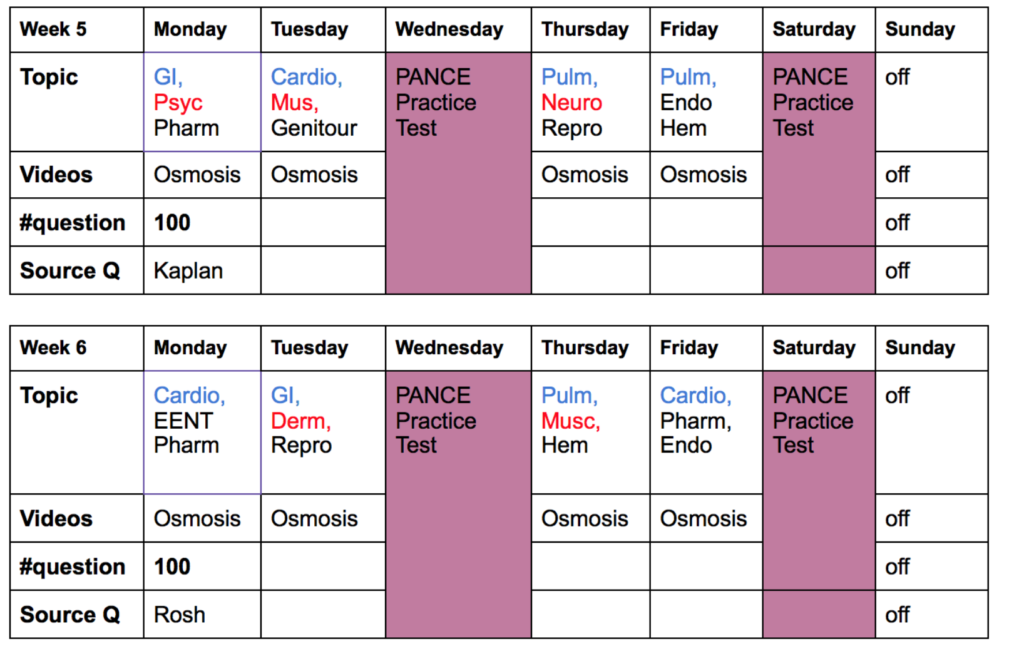


Some of these factors apply to any examination, while others may apply more specifically to PACKRAT and comparisons to national data. Thus, the number of keywords may not match exactly the number of missed questions.Ī range of circumstantial factors may influence student performance on PACKRAT exams, leading to differences in performance within or among programs. Note: If there are multiple questions with the same diagnosis and task area coding, the keyword will only appear once. Students can use the content categories, task areas, and diagnosis keywords to develop individualized learning objectives to focus their studying. This can be used by the student to identify trends in knowledge deficits as well as to serve as a tool to create a focused study plan. Keyword feedback. The keyword feedback provides information on the concept missed.Scoring breakdown. Students are provided a report that indicates their individual overall score (out of 225), a breakdown of individual performance by content area and task area, and national comparative data for overall scores and for each category.The student score report allows students and programs to see where individual students fall compared to other PA students taking the same standardized exam nationwide. PACKRAT results should be compared over time relative to each version’s national mean and standard deviation. However, interpreting PACKRAT data over time is not the same as interpreting End of Rotation and PANCE data, as those exams are standardized using scales. At a program level, you can see if students’ scores are steadily increasing or decreasing and use this information as one part of the curricular evaluation process.

Reports can be used as program assessment tools, as well. This can help individual students develop a study plan focusing on their areas of weakness. With careful interpretation programs can use PACKRAT data to set benchmarks at the individual student level, enabling programs to compare a student’s score to the average of previous cohort scores. Make Data-Driven DecisionsĪnother valuable utilization of PACKRAT data is to analyze scores from cohort to cohort. When programs triangulate the scores, if they appear to be lower than expected - or in the case of the PACKRAT and PANCE, lower than the national mean - program faculty may want to review the curriculum on pulmonary diseases. For example, pulmonology scores on the PACKRAT, End of Rotation exams, program summative evaluations, and PANCE can be compared. However, the data have potential value if used to assess a content or task area on multiple exams. Interpret with Cautionĭata on specific content and task areas (subscales) should be interpreted with caution because these subscales represent a small number of questions with varying levels of difficulty. PACKRAT data can be analyzed from cohort to cohort over time and, from an assessment standpoint, provide valuable information for program faculty and administration to reflect upon. Interpreting Cohort-Level Dataĭetailed program reports are designed to help programs evaluate trends in knowledge, strengths, and deficits across entire classes of students and to be used with other data points to inform program-level curricular decision-making. For these reasons, it is recommended that the PACKRAT be used as a self-assessment tool PAEA does not recommend or intend to recommend a passing grade or interpretation method for the PACKRAT. Programs can also determine their own time limit for the exam. The exam may be given proctored or unproctored and/or as an open or closed book examination. PACKRAT is designed as a self-assessment tool for students. Data are available for first-year students, second-year students, and all students who took each version. National comparative data are available for each version of PACKRAT once 300 students have taken it, and those data are updated weekly as more students take the exam. PACKRAT is administered more than 18,000 times each year.


 0 kommentar(er)
0 kommentar(er)
